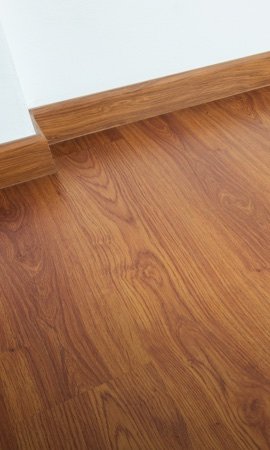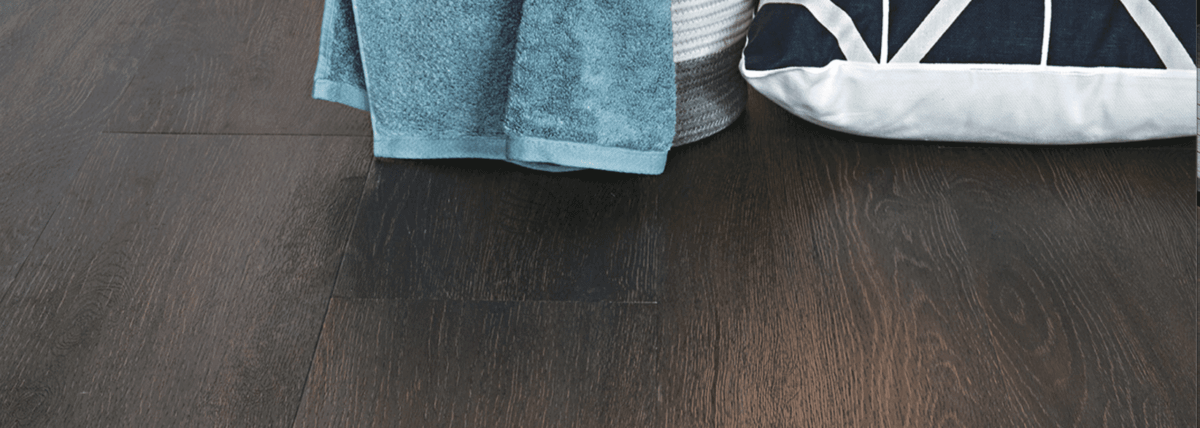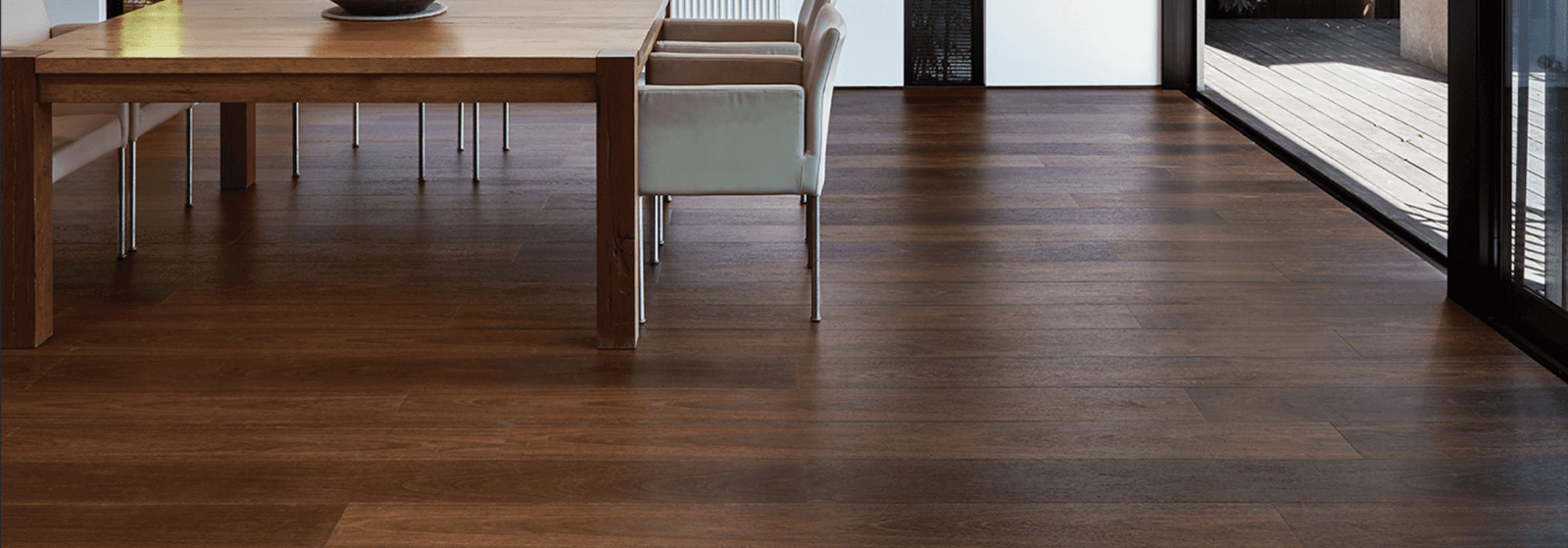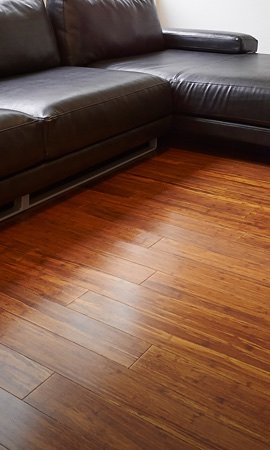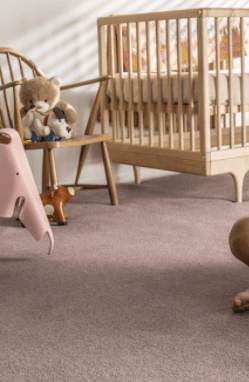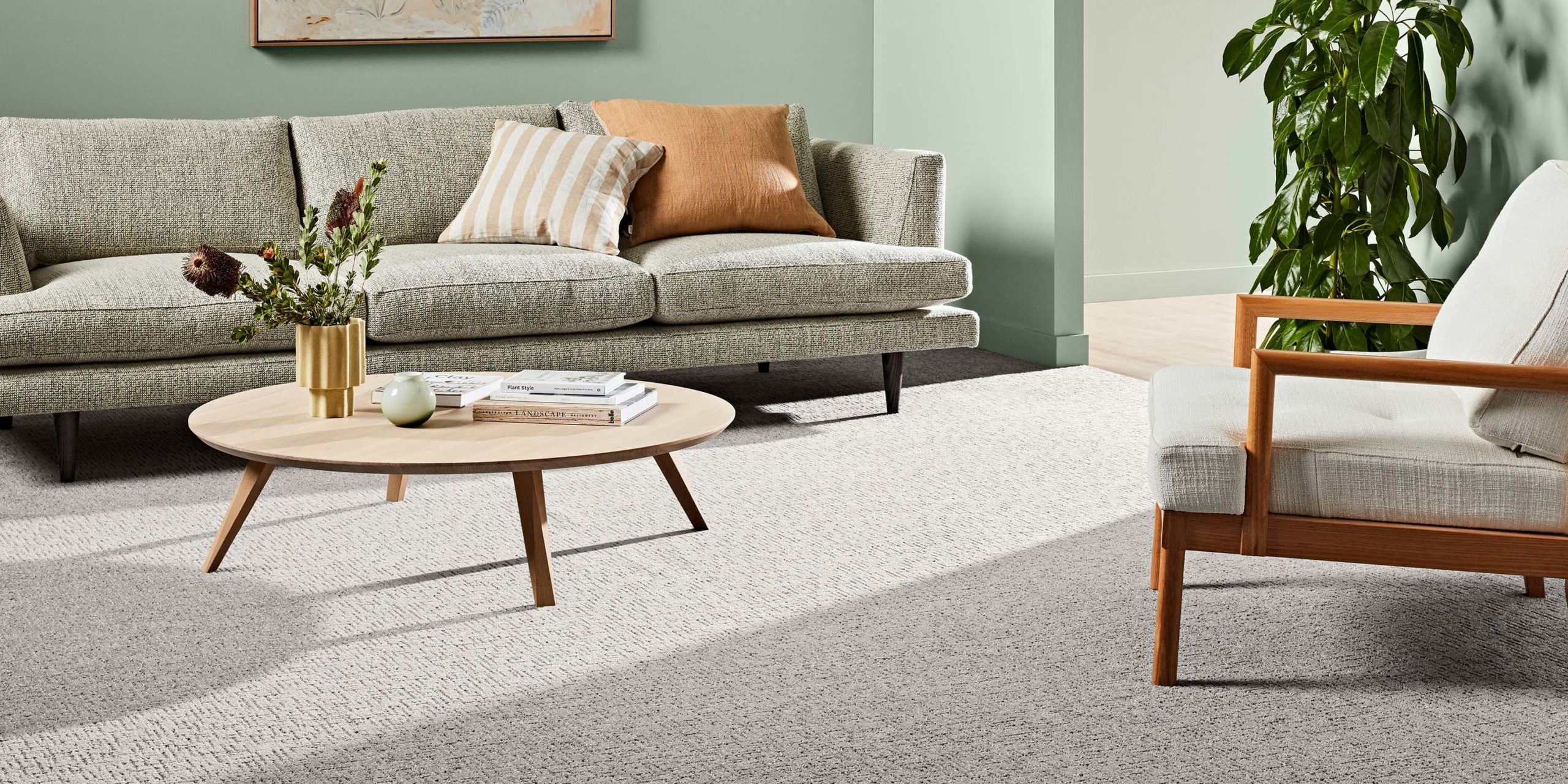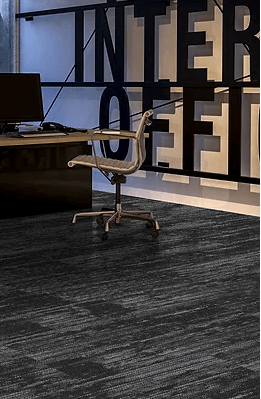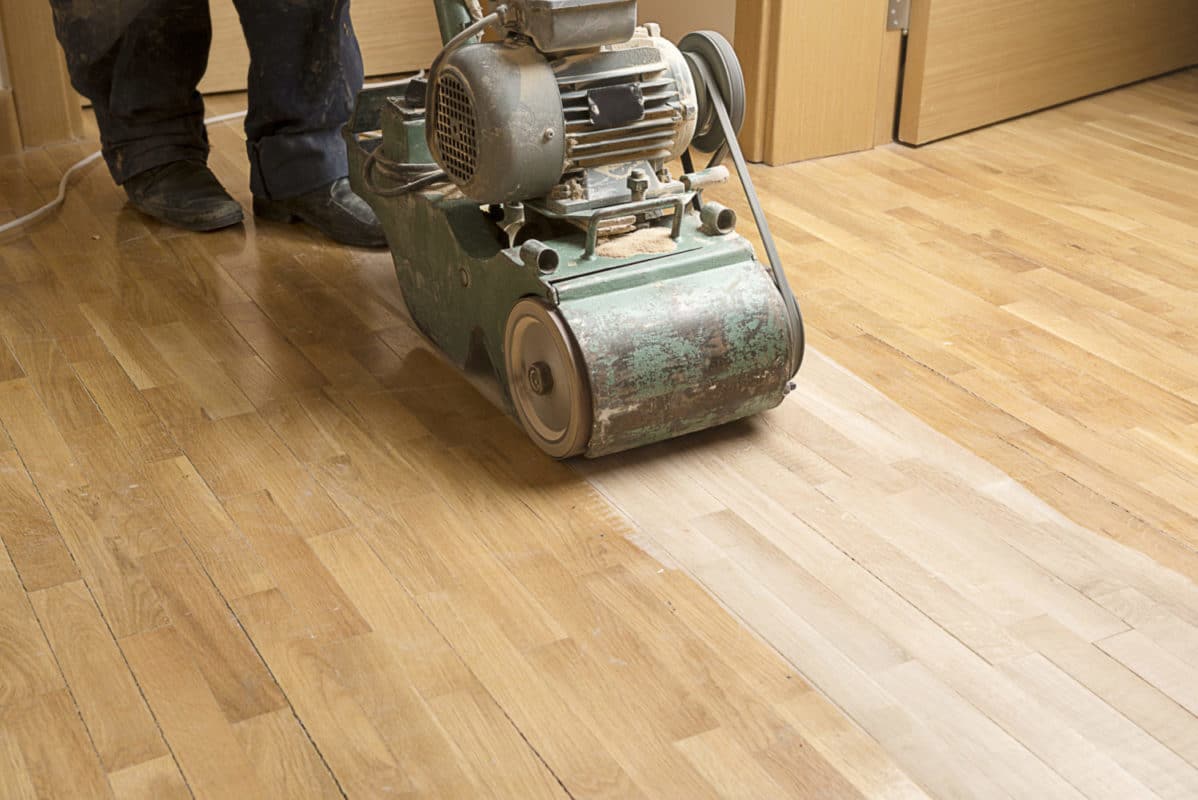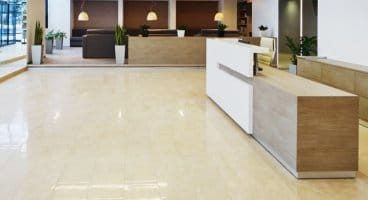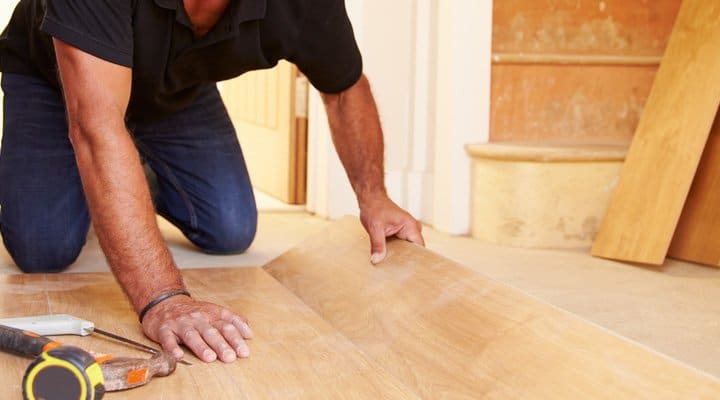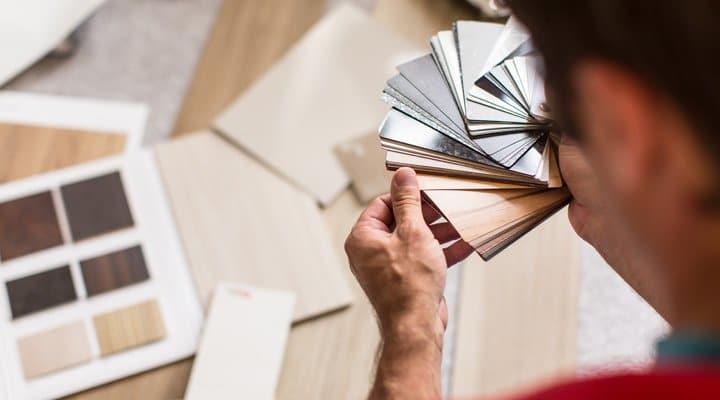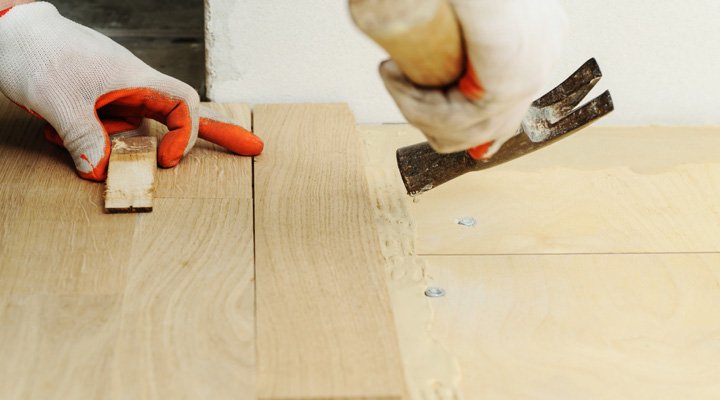

26 Jul How to Clean Timber Flooring | FloorVenue
If you’ve made the choice to use timber flooring in your home or business, a preceding concern would be methods of cleaning. Regular maintenance of floors ensures that the surface is both beautiful and also long lasting. Most importantly, it ensures safety by eliminating accumulations of dust that can irritate your respiratory system. Cleaning also prevents potential slippery surfaces that can cause dangerous slips and falls.
The following article will briefly describe the qualities of timber flooring. Then, it will inform you on the effective ways of cleaning and maintaining.
How to Clean Wood Floors
- Understanding the different types and identifying your timber floors
- Preventive Measures to protect and keep your timber floors beautiful
- Methods of cleaning & precautions
- What to avoid when cleaning your timber floors
Different Types of “Timber” Flooring
The first step is to identify which type of timber flooring you have. Timber flooring essentially refers to any type of floor which has real wood. This includes solid timber, engineered timber, hardwood flooring and European oak flooring. Each has different physical properties which are important for you to be aware of.
Solid Timber Flooring
Solid timber contains real pieces of timber that are cut into floorboards. Its robust, durable, and completely natural characteristics make it the most luxurious option of flooring.
The qualities of this material include:
- Sturdy & Durable
- Flat and hard surface
- Expensive
- Naturally expands and contracts
With that being said, solid timber is extremely valuable and purchased for the prestige and luxury that it offers. So, keeping it clean for guests is essential. Because the surface is hard and flat, it will not get dirty often. If it does, vacuuming or sweeping can eliminate the dust and particles that rest on top of it. For a more thorough clean, mopping is a viable option because of the material’s natural durability. However, solid timber is installed with gaps in between floorboards to compromise its natural expansions. Therefore, it is important not to flood the floor when mopping to avoid moisture from seeping into these gaps.
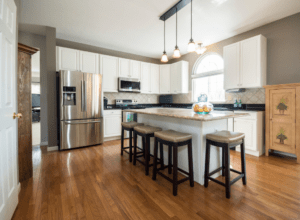

Engineered Timber Flooring
Engineered timber is comprised of multiple layers, with a 0.6-6mm layer of hardwood or oak wood on the surface that is bonded to a plywood or composite substrate.
The qualities of this material include:
- Dimensional Stability against moisture or temperature changes
- More affordable than solid timber
- Water Resistance (Limited Options – HydroPro Engineered Timber)
As the longevity of engineered timber is shorter than that of solid timber, it is more important to maintain the material. It is important to get rid of dust particles that can accumulate by sweeping areas and vacuuming. This will ensure that potential respiratory irritants will be eliminated from facilities. However, it is important to avoid flooding the floors to prevent moisture from seeping in.
Hardwood Floors vs European Oak Timber
Surprisingly, the biggest difference between Hardwood and European oak is where the material is from! Saying that a floor is Hardwood is essentially saying that the wood was sourced from Australia and local South East Asian plantations. European oak, on the other hand, is primarily grown in America, Russia and France. The variation in species result in the different grain patterns and colours which are available between hardwood and oak options.
However, European oak timber tends to be softer than Hardwood. For cleaning, this means it is better for European oak if abrasive tools are avoided. Of course, the floors still retain a high level of hardness, but European oak is ever so slightly more likely to suffer scratches and scrapes because of its softness.
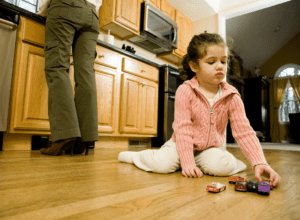

Preventative Measures for Timber Flooring
The best way to solve a problem is before it even arises. Giving thought to the way furniture interacts with floors can make a huge improvement to your hardwood floor. Also, considerate behaviour will make it easier to clean hardwood floors in the future.
1. Use Mats and Runners
You can select the most vulnerable areas to use mats, but rugs and carpets can shield the floor from impacts, scratches, and stains. The surface of the floor will be covered by the mat’s soft and cushioned material, providing a solution to the issues scratches from foot traffic, toys and furniture. However, for spills, stains would be much harder to clean because you can’t mop or scrub a rug very effectively.
2. Apply Furniture Padding
You can also protect your floor by purchasing adhesive padding. Stick these onto to the legs of furniture or parts which make direct contact with the floor. This is effective in ensuring that surfaces are safe from the hard or sharp edges of tables, couches, and chairs. Also, these small pads can be applied in spots that are stowed away from visitor’s eyes. This will give your house a good level of aesthetic if rugs and carpets don’t suit the facility.
3. Manage your pets
As soft as pets may seem, they can deal quite some heavy damage to the surface of floors if left unchecked. Their nails can wear away the polyurethane which protects the wood from abrasions. An easy solution to this is to regularly cut your pets’ nails every month or so. Shortening the nails can reduce their sharpness, limiting their ability to make indentations on the floor’s surface.
Aside from this, pets that are not potty trained should be monitored. When dogs and cats defecate or urinate on floors, moisture can seep into gaps in between floorboards. This will not only introduce the risk of damaging floorboards but will also create a biohazard of mould growth and bacteria on surfaces. This would really stink!
Also, it is important to keep your pets safe. Floors that are too slippery should be avoided, as slipping is the cause of many long-term injuries, like hip dysplasia. If your cat or dog (and even kids!) like to run around, their inability to stop their bodies can also lead to injuries resulting from hard impacts. This is especially important if you have stairs.
4. Keep the Floor Clean.
Of course, it is important to maintain cleanliness in the house. Regular cleaning will prevent any accumulation of dust or stains. This can include mopping, sweeping, scrubbing, or wiping surfaces every set period of time and after every spillage. Both the aesthetic and the structural integrity of timber relies on the care that owners put into them.


Methods of Cleaning Timber Flooring
The maintenance of timber flooring shouldn’t be a challenge at all! The hardness of the material allows anyone to thoroughly scrub off stains without damaging the floor. However, it is important to take note that natural timber expands and contracts based on temperature and moisture as they are not fully waterproof. Here are some tips and advice on things to use as a cleaning solution for dirt on timber floors.
1. Mopping / Scrubbing
An advantage of timber flooring is its natural water resistance that offers the option of cleaning with water. Tough stains can be much more easily cleaned with moisture, as warm water can wash away sticky or crusted films on the floor surface. Also, soap can be used to eliminate any lingering oils. However, it is crucial to avoid the over-use of water. A good way to achieve the perfect amount of water is by refraining from pouring liquid on the floor. Instead, keep the water in a bucket and dip the mop into the bucket before rinsing for a perfect slightly damp head.
2. Sweeping
Sweeping is an easy way to collect dust. Over time, particles can accumulate on the ground, creating the risk of respiratory irritation. Sweeping will easily amass all the light debris on the floor for quick disposal. However, it is important to sweep with a broom with bristles that are not too hard (indoor brooms only!). An alternative solution can be to use a dust mop to avoid small scratches on the floor’s surface. This way, floors will stay cleaner without residual marks.
3. Vacuuming
Vacuuming is the easiest way to dispose of debris. Using the proper attachment can allow you to reach tough spots including corners, or cover a larger area with fewer strokes. This can save so much more time than other tools of cleaning. One interesting method of vacuuming is using robot vacuums that you can buy online or in a department store. They can roam areas on their own to vacuum the house by themselves. This is a very effective tool, especially for busy people or seniors who are unable to clean regularly.
4. Sanding & Polishing
One of the biggest advantages of real timber flooring is its’ capacity for sanding and polishing. This can smoothen the floor’s surface and get rid of scratches and, of course, stains. This is the best way to refreshen a floor every five to ten years, but the process is very time consuming and definitely not DIY friendly. On the bright side, it’s much more affordable than installing new flooring when the wear and tear of daily life catches up. In fact, sanding and polishing makes your floors look virtually brand new!
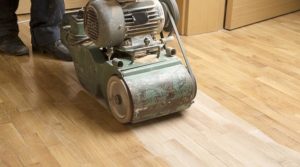

Things to Avoid When Cleaning Wood Floors
Even if it seems like you achieve success when you clean hardwood floors, there may be some bad habits that cause damage. Here are some tips and advice on things to avoid when cleaning your wooden floors.
Using Excessive Water
As said above, wood floors are not fully waterproof. It is important to never use too much water when mopping to avoid flooding. Moisture can be absorbed by the wooden fibres, posing a risk to the structural longevity of the floor. Also, mould and fungi can thrive in moisture, especially between the gaps and the subfloor. When using mops for floor cleaning, it is recommended to dip the mop into a water bucket and rinse before mopping.
Overlooking Chemical Contents in Cleaning Products
Some cleaners you buy from the store can contain harsh chemicals which are not designed for timber flooring. It should be a regular practice to research any products you find online and to read the labels on store-bought cleaners. Doing this will effectively prevent any chemical harm to yourself and your floors.



